By American Nurses Association
In 2023, the Nurse Staffing Task Force, a collaboration between the American Nurses Association (ANA) and the American Association of Critical Care Nurses (AACN), an ANA organizational affiliate, outlined five imperatives, 16 recommendations, and 65 associated actions to actualize a sustainable nursing workforce. The five imperatives the Task Force cited as essential to resolving the nurse staffing crisis include reforming work environments, innovating care delivery models, establishing staffing standards that ensure quality care, improving regulatory efficiency, and valuing the unique contributions of nurses.
In the fall of 2023, the Task Force hosted a free, five-part interactive Project ECHO® webinar series to explore these proposed initiatives. More than 2,800 individuals participated by listening to featured Task Force member presentations and joining interactive, small group discussions.
The recordings, presentation materials, and follow-up questions from all five sessions are now available for anyone pursuing solutions to the nurse staffing crisis (hubs.ly/Q02kMCmQ0).
The series opened with Linda Cassidy, PhD, APRN, CCNS, CCRN-K, strategic advocacy manager at AACN, and Sarah Delgado, DNP, RN, ACNP, clinical practice specialist in strategic advocacy at AACN, exploring the imperative around reforming the work environment. Appropriate staffing, they suggested, is inextricably linked to the health of the work environment. Creating and sustaining a healthy work environment requires deliberate effort. They added that leaders play an essential role in this regard and must have support in doing so.
Healthy work environments, Cassidy and Delgado stressed, don't just happen---they take deliberate commitment and action by leaders---and have no finish line.
In the second session, Task Force members Vicki Good, DNP, RN, CENP, CPPS, chief clinical officer of AACN, and Lesly Kelly, PhD, RN, FAAN, scholar-in-residence for the Task Force, explored the value of nurses' unique contributions to healthcare. In hospitals' pay-for-performance models, various metrics track the value nurses add through direct benefits, cost avoidance, and cost savings.
If all RNs had a unique nurse identifier, as recommended by the Task Force, these data could be mined to quantify nurses' contributions via assessments, interventions, and outcomes.
Good and Kelly also outlined the advantages of a formalized and customizable organization-wide total compensation program, another Task Force recommendation. They described six actions that organizations might consider, such as implementing creative compensation for hard-to-fill shifts.
In Session 3, presented by Kiersten Henry, DNP, ACNP-BC, CCNS, CCRN-CMC, chief advanced practice provider at MedStar Montgomery Medical Center, and Katie Boston-Leary, PhD, MBA, MHA, RN, NEA-BC, director of nursing programs at ANA, considered how innovative care delivery models could improve patient and nurse satisfaction, reduce practice pain points, and yield better outcomes.
In Session 4, Michelle Buck, MS, APRN, CNS, senior policy advisor at the National Council of State Boards of Nursing, and Zina Gontscharow, MPP, senior policy advisor at ANA, examined how federal and state advocacy and state nursing regulation and policy affect initiatives to improve nurse staffing.
The final session, presented by ANA members Sherry Perkins, PhD, RN, FAAN, president of Luminis Health Anne Arundel Medical Center, Matthew McHugh, PhD, JD, MPH, RN, FAAN, professor and independence chair for nursing education at University of Pennsylvania School of Nursing, and Nancy Blake, PhD, RN, NEA-BC, FACHE, FAONL, FAAN, chief nursing officer at Los Angeles General Medical Center, explored the evidence base for establishing staffing standards. They also identified ways to advocate for enforceable policies that support staffing standards and discussed strategies for implementing them.
Collectively, these sessions offer nurses strategies and tools for progress in achieving a sustainable nursing workforce.
American Nurse Journal. 2024; 19(4). Doi: 10.51256/ANJ042448
Reprinted with permission from ANA on the Frontline in American Nurse Journal.
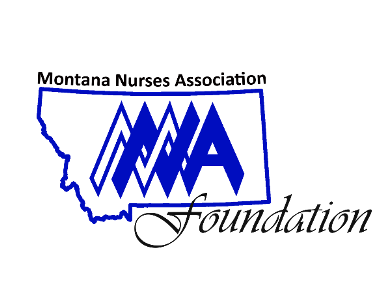

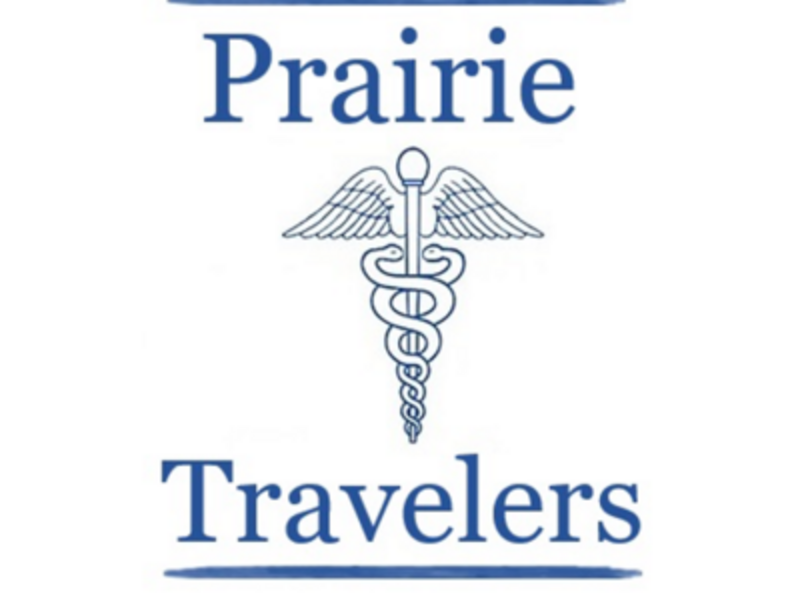
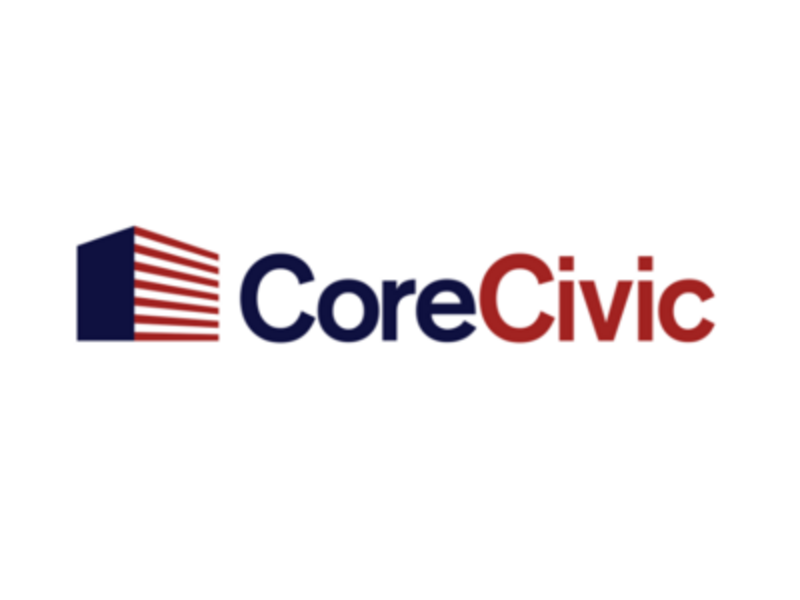
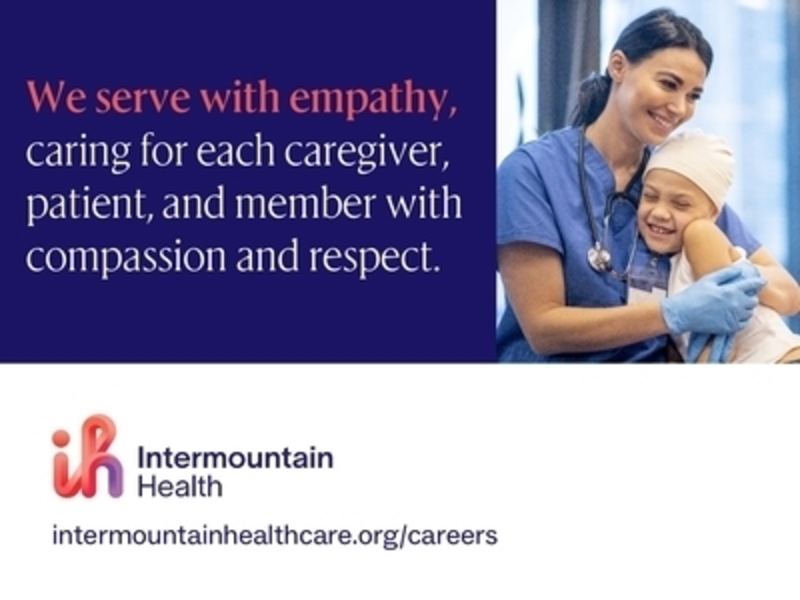
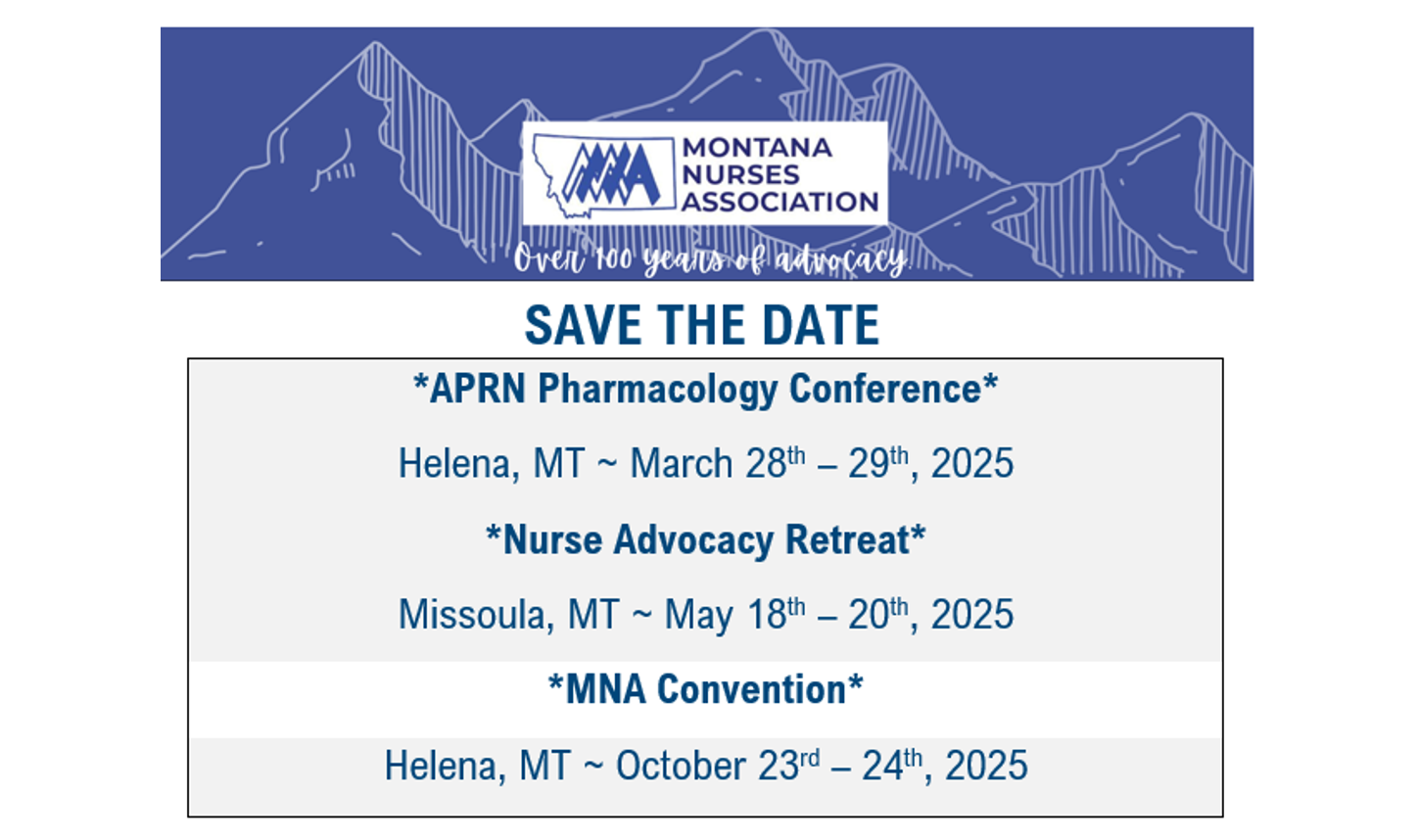

 Kwamane Liddell
Kwamane Liddell Wallena Gould
Wallena Gould